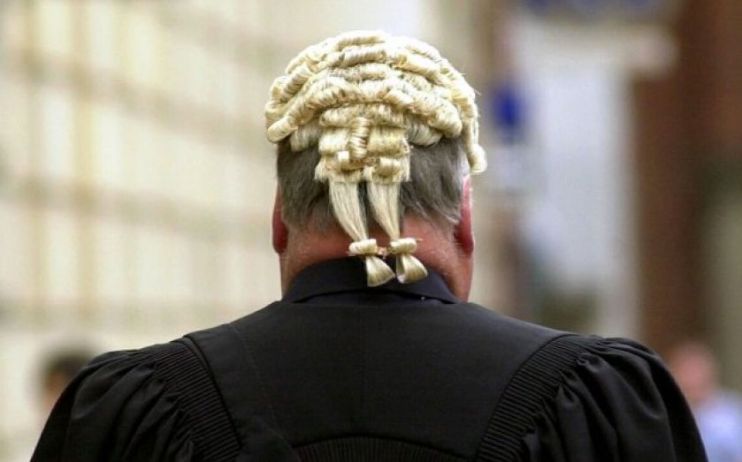Pupil barristers down by almost a third in 30 years

The number of pupils for the bar has declined by almost 30 per cent since 1990, according to new research published by the Bar Standards Board (BSB) this week.
The number of graduates starting pupillage in 2020 was 542, representing a fall of 28 per cent from 757 in 1991, according to the regulatory body.
The regulator’s research detailed trends in retention and recruitment at the bar over the 30-year period between 1990 and 2020.
Throughout the 1990s, particularly the first half of the decade, the data shows there was a far higher number of pupils in comparison to the numbers seen during the 2000s and 2010s.
The number of pupils peaked between 1992 and 1993 at 882 but throughout the 2010s, the average fell to around half of that, at 450.
The BSB said these patterns may partly be attributed to “changes in the regulation of pupillages”, as it was not a requirement that pupillages were paid until January 2003.
BSB director of strategy and policy, Ewen MacLeod said he was “concerned” about the “much lower recruitment to pupillage than in the 1990s.” This, he said, would be one of the major themes the BSB will seek to address.
MacLeod also said he was pleased to see that retention at the Bar continued to improve, and that the proportion of female barristers and minority ethnic barristers continued to rise.
The report, which also looked at the demographics of pupils, found “a consistent trend of female barristers leaving practice indefinitely after the early stages of their career in greater proportions than male barristers.”
In response to these findings MacLeod said: “we remain concerned that the data shows that female barristers are far more likely to leave after the early stages of their career and it appears that barristers from minority ethnic backgrounds are more likely to have difficulty in the early years to establish themselves professionally. We will continue to work with the profession to improve these trends.”